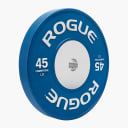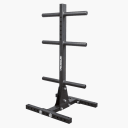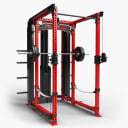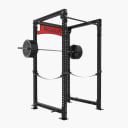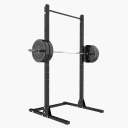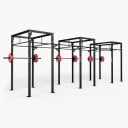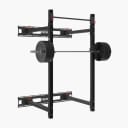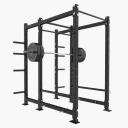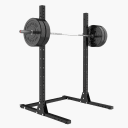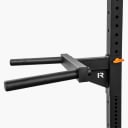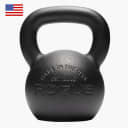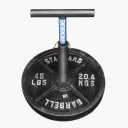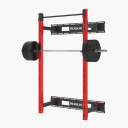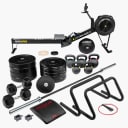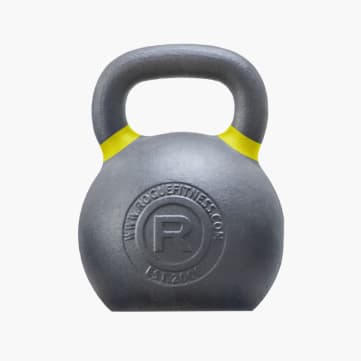Kettlebells
Rogue Kettlebells
Kettlebells have emerged as versatile fitness tools, offering a variety of benefits for those of all fitness levels. Unlike traditional weights, kettlebells provide a dynamic and functional workout experience, engaging multiple muscle groups simultaneously. This comprehensive guide explores the advantages of incorporating kettlebells into your fitness routine, along with common exercises to maximize their effectiveness.
Choosing the right kettlebell is crucial for optimizing your workout and achieving your fitness goals. With various sizes and weights available, selecting the appropriate kettlebell ensures a balanced and challenging workout tailored to your individual needs and abilities.
Benefits of Using Kettlebells:
Kettlebells offer a myriad of benefits that contribute to overall strength, endurance, and functional fitness. Incorporating kettlebell exercises into your routine provides a full-body workout. Unlike isolated exercises, kettlebell movements engage multiple muscle groups simultaneously, promoting efficient calorie burn and muscle development.
Moreover, kettlebells are excellent tools for enhancing functional strength, translating to improved performance in daily activities such as lifting, carrying, and bending. By mimicking natural movement patterns, kettlebell exercises help improve coordination, stability, and balance, essential for maintaining mobility and preventing injuries as you age.
In addition to strength benefits, kettlebell workouts deliver a potent cardiovascular stimulus, challenging your heart and lungs while building strength and endurance. The dynamic nature of kettlebell exercises, coupled with their high-intensity intervals, elevates heart rate and metabolic rate, promoting efficient fat loss and cardiovascular conditioning.
Common Exercises with Kettlebells:
Kettlebells are versatile tools that offer a wide range of exercises targeting different muscle groups. The kettlebell swing is a foundational movement that works the posterior chain, including the glutes, hamstrings, and lower back. Another staple kettlebell exercise is the Turkish get-up, which challenges full-body strength, stability, and coordination. Additionally, kettlebell snatches and kettlebell clean and jerks are powerful exercises that engage multiple muscle groups and improve explosive power.
Other popular kettlebell exercises include farmer carries, overhead carries, squats, and lunges, each providing unique benefits for strength, stability, and functional fitness. Incorporating these exercises into your routine promotes muscle balance, enhances mobility, and boosts overall performance in various physical activities.
FAQ:
Kettlebell workouts can enhance sports performance by improving strength, power, and overall conditioning. The dynamic movements and full-body engagement provided by kettlebell exercises mimic real-life athletic movements, making them highly transferable to sports-specific skills. Incorporating kettlebell training into a well-rounded sports conditioning program can help athletes improve their performance and reduce the risk of injuries.

